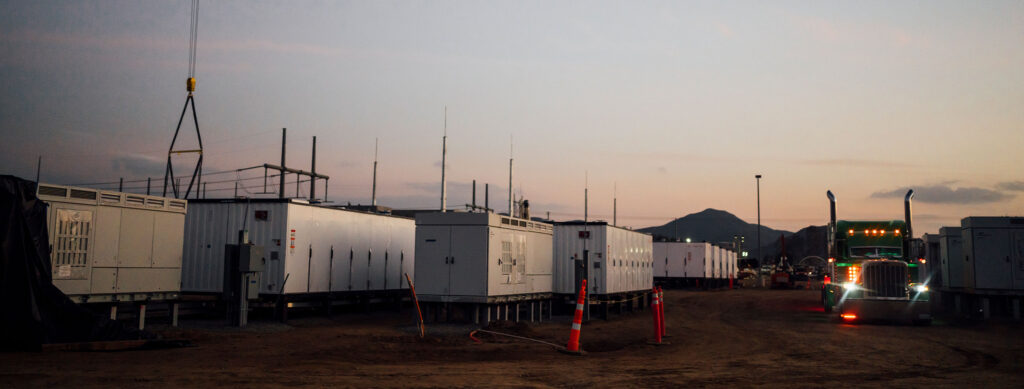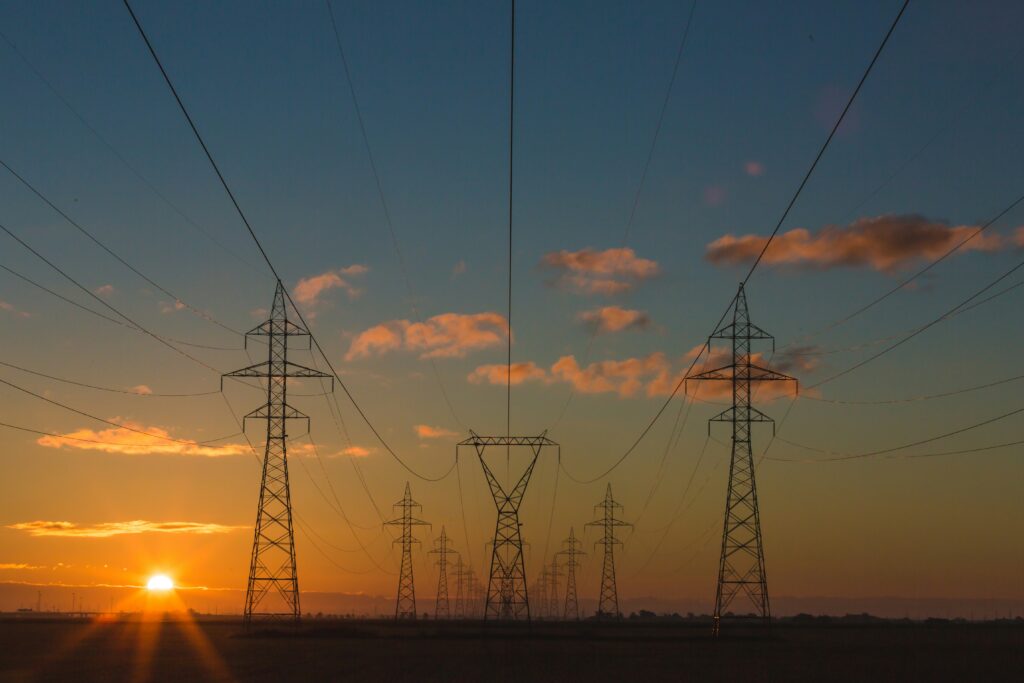As California continues its push towards renewable energy, a giant battery plant near Los Angeles is set to become one of the largest in the world. This billion-dollar project, known as the Nova Power Bank, promises to significantly bolster California’s power grid, especially during peak summer months. Built on a defunct gas-fired power plant site, the facility will be capable of powering approximately 680,000 homes for up to four hours when fully charged. This innovation is crucial in supporting California’s ambitious climate goals and renewable energy sector.
The rise of giant battery projects
California, which already boasts about 55% of the nation’s power storage capacity, is a pioneer in giant battery projects. Calpine’s Nova Power Bank, with a capacity of 680 megawatts, exemplifies the state’s commitment to integrating renewable energy into its grid. The project will come online in phases, with 620 MW operational this year and the remaining 60 MW by 2025.
Such large-scale battery installations are becoming more common globally, with similar projects underway in Florida, Australia, the United Kingdom, and China. The Nova Power Bank is part of a broader U.S. storage boom, particularly in states like California and Texas, rich in wind and solar energy. These storage solutions are vital for harnessing renewable energy, enabling power generated during sunny or windy periods to be stored and used during high-demand times.
Transforming the power landscape
The Nova Power Bank is not just a technical marvel; it represents a significant energy storage and distribution shift. By converting a former gas power plant site into a battery storage facility, Calpine is helping to transition the grid from fossil fuels to renewable energy. The project will shift electricity generated by California’s extensive solar infrastructure into the evening and nighttime hours, a period traditionally reliant on fossil fuels.
The transformation of the Menifee site highlights the clean energy transition in multiple ways. The old gas plant, which was inefficient and contributed to local pollution, is being replaced with a giant battery storage system. This transition benefits the environment and enhances grid reliability, especially during extreme weather events that have stressed California’s power grid in recent years.

Giant battery: rapid construction
One of the most remarkable aspects of the Nova Power Bank project is its rapid construction timeline. Begun in August, the project is expected to have 510 megawatts of capacity operational by this summer, with the remainder coming online shortly after. This rapid deployment is possible due to the modular nature of battery storage systems, which can be assembled and connected more quickly than traditional power plants.
This efficiency is crucial as utilities nationwide face increasing electricity demand. Batteries offer a flexible and scalable solution, allowing for swift installation and immediate integration into the grid. Calpine’s strategic use of existing infrastructure at the Menifee site further expedited the project, demonstrating how previous investments in grid infrastructure can facilitate the transition to renewable energy.
Energy storage is vital for the success of renewable energy. California’s aggressive climate goals require about 50 gigawatts of battery storage by 2045, a significant increase from the current 7 gigawatts. Battery storage helps stabilize the grid by storing excess energy generated during peak production times and releasing it during periods of high demand.
In recent years, battery storage has proven its value. For instance, during a 2020 heatwave, battery storage provided critical support to California’s grid, helping to prevent blackouts. The Nova Power Bank will play a similar role, ensuring that renewable energy can be effectively utilized even when production is low.

Overcoming challenges
Despite the promise of battery storage, the industry faces several challenges. Permitting issues and lengthy interconnection queues can slow down project development. Additionally, the dominance of natural gas in California’s energy mix remains a hurdle. Currently, gas still supplies more than half of the state’s electricity, although this is expected to change as more battery projects come online.
The Nova Power Bank also highlights the importance of learning from past projects. For example, Nova’s fire safety measures have been improved based on lessons learned from other large battery installations, such as Vistra’s Moss Landing facility. Calpine avoids past mistakes and ensures excellent safety and reliability for its storage projects.
California’s investment in battery storage is a critical component of its clean energy future. Projects like the Nova Power Bank are essential for meeting the state’s renewable energy targets and ensuring grid reliability. As battery technology continues to evolve and become more cost-effective, we expect to see even more ambitious projects that will further reduce reliance on fossil fuels and enhance the stability of renewable energy sources.
The Nova Power Bank represents a significant milestone in California’s journey towards a sustainable energy future. By converting an old gas plant site into a state-of-the-art battery storage facility, Calpine is helping to pave the way for a cleaner, more resilient power grid. As the electricity demand grows and the push for renewable energy intensifies, projects like Nova will ensure California meets its climate goals while maintaining reliable and efficient power for its residents. The rapid construction and deployment of the Nova Power Bank showcase the potential for large-scale battery storage to transform the energy landscape, providing a blueprint for other states and countries to follow.



